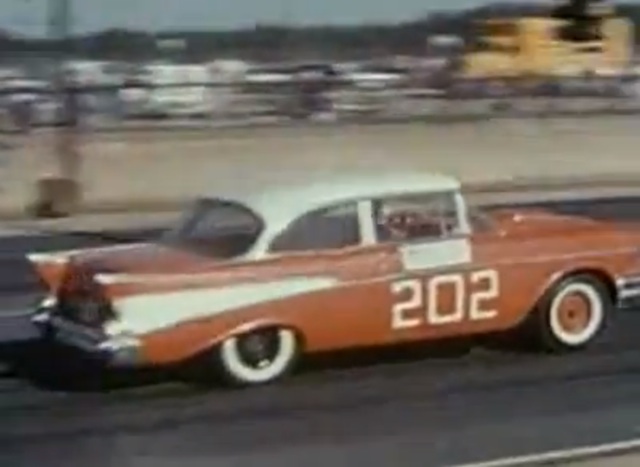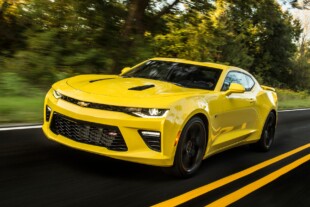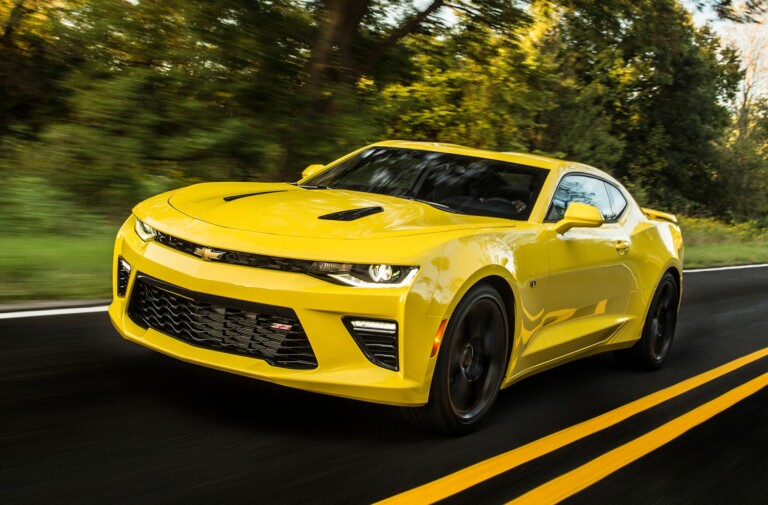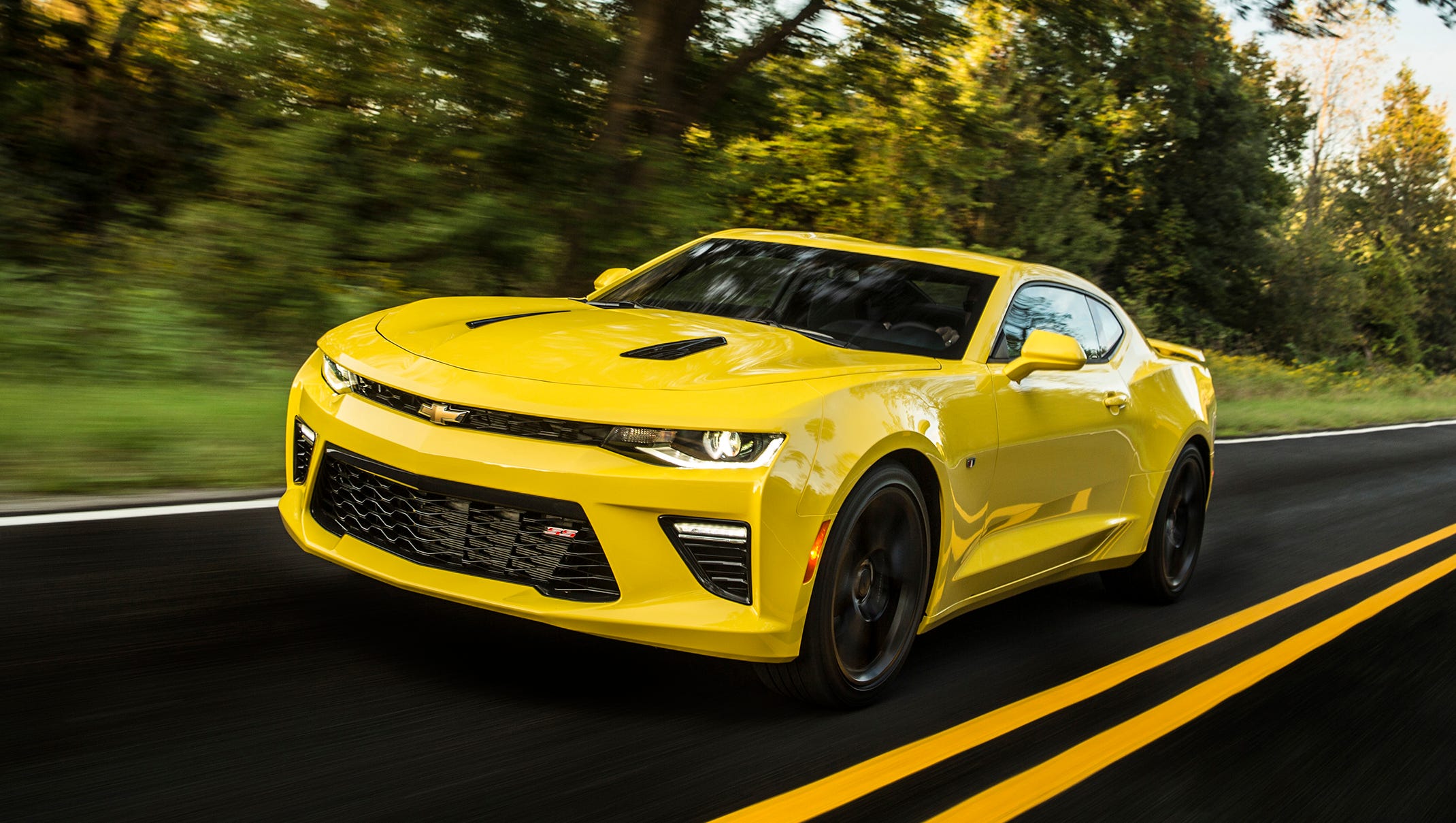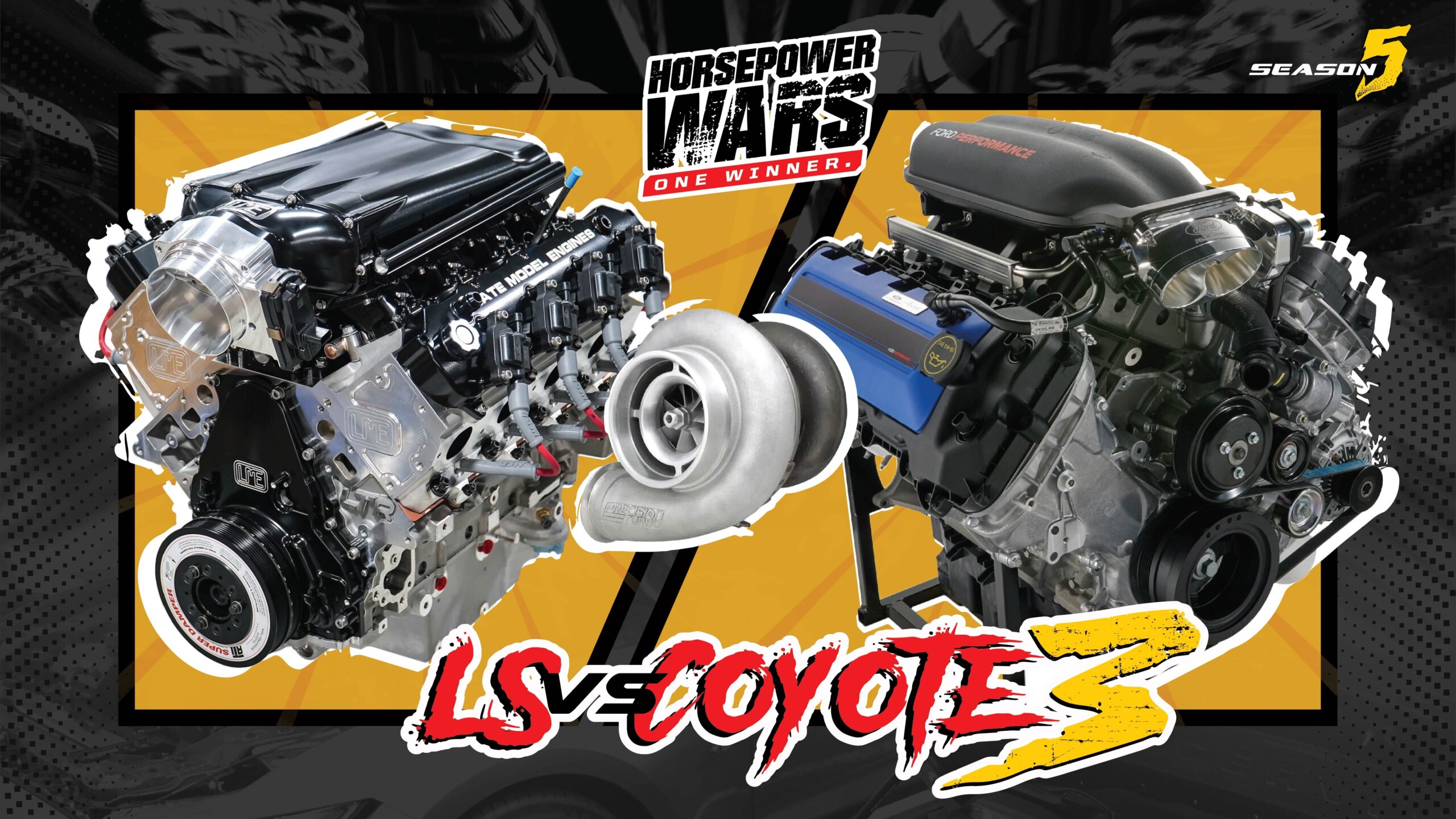While the history of drag racing is clear, the phrase around which some of the sport revolves – “hot rod” – is not so clear.
At this point in our motoring history there is still a lingering debate about the definition of the term “hot rod”: one guess is that it’s derived from the phrase “hot roadster,” referring to a roadster-type car that’s been modified for performance, while a latter answer points to the idea of either swapping out a motor’s cam or modifying one that is already-existent.
The term “hot rod” is one that was born in Southern California during the late 1930s, as the most die hard of motoring enthusiasts would hit the area’s dry lakebeds just northeast of Los Angeles in an attempt to shatter flat-out, barren land speed records in nearly anything imaginable that could be mechanically modified.
“Hot rod” was also a gearhead phrase that was thrown around often throughout the ’30s and ’40s, but during the 1950s it was often used as a derogatory term used to describe any car that did not fall into the realm of “mainstream” tastes and sensibilities.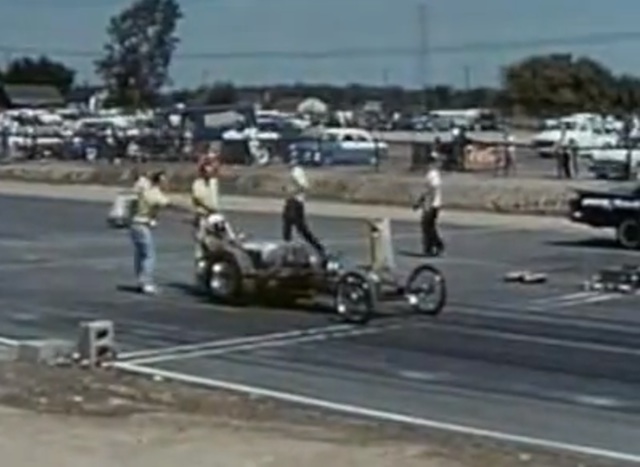
But no matter how flattering or demeaning in context the “phraseology” might have been or still is today, it goes without saying that rod enthusiasts have been tweaking cars and motors for optimum performance for a very long time.
Plus, the forward push of Wally Parks, and Gray Baskerville on the journalism side, and others helped to formalize drag racing into a legitimate sport that taught everyone that speed was something that could be done safely.
Our featured video is one of those relic pieces of evidence that drag racing really did solidify into a professional and paid sport that could be taken seriously upon the founding by Parks of the NHRA, and for those like myself who grew-up thinking that the old stuff isn’t quite as fast as the new, just listen carefully to some of the quarter mile passes that were run in 1959, one of which was by the “Green Monster,” Allison aircraft-powered dragster.
During the ’59 National Championship drag races as featured here, the car that was the creation of Akron, Ohio brothers Art and Walt Arfons accomplished an amazing trap speed of 170.45 miles per hour at the Detroit Dragway, making the “Green Monster” the predecessor of what we today call “top fuel.”
Undoubtedly, the founding of NHRA marked the beginning of drag racing as a sanctioned event, spectators and all. It also marked the conversion of the rodding craft from a street punks’ game to one that had a lot more credibility, and one that would evolve from the automotive and overall mechanical know-how of our veterans who were tough enough to survive World War II, come back to tell about it and use their technical service training to invent a hobby that we all can and do enjoy today!



